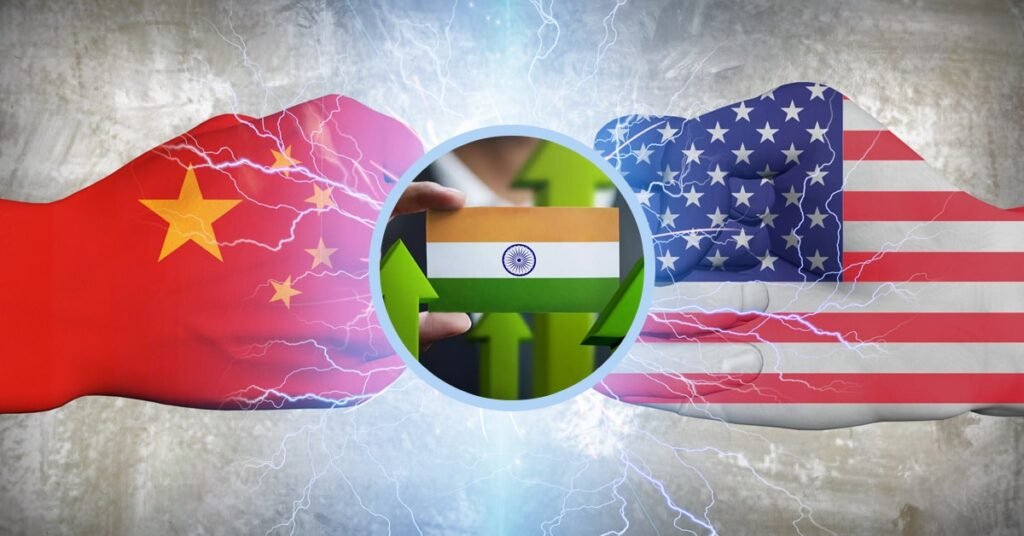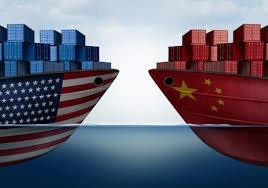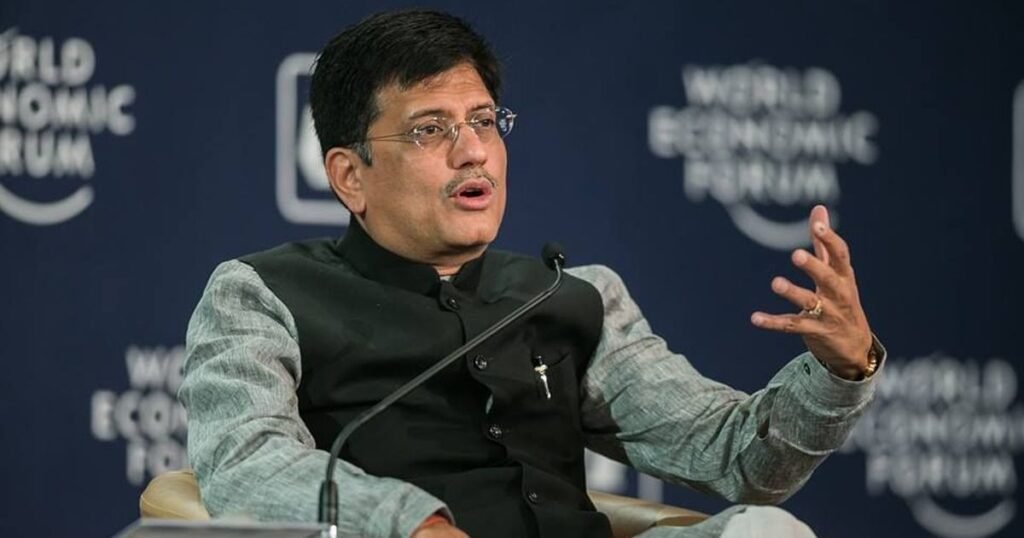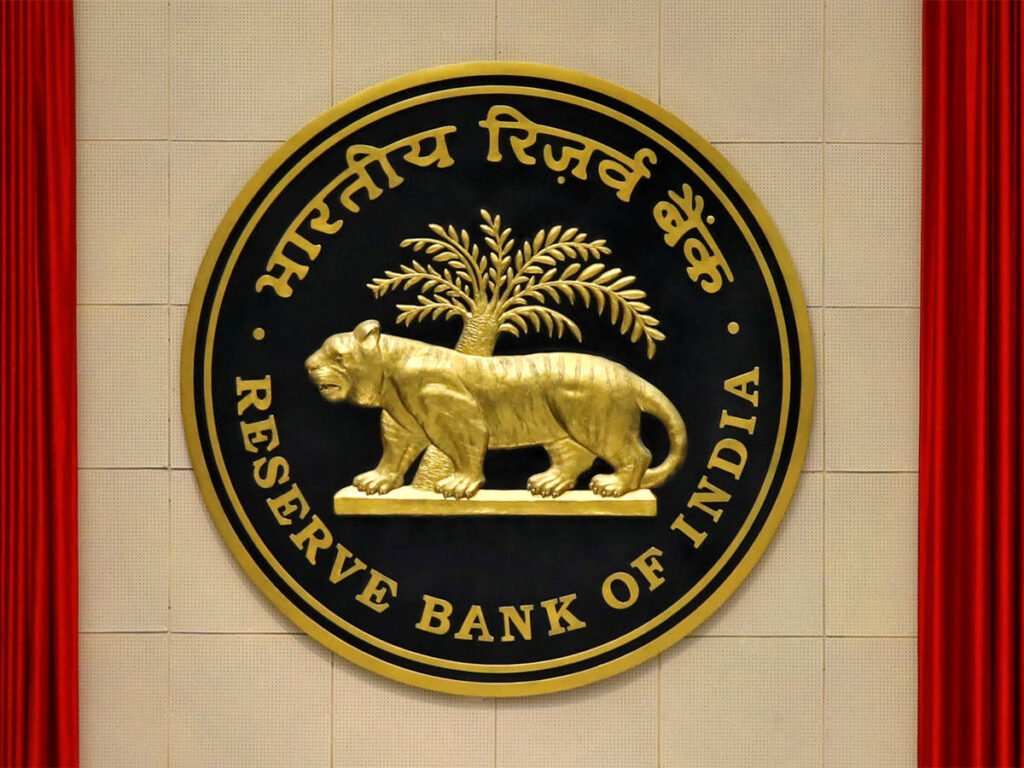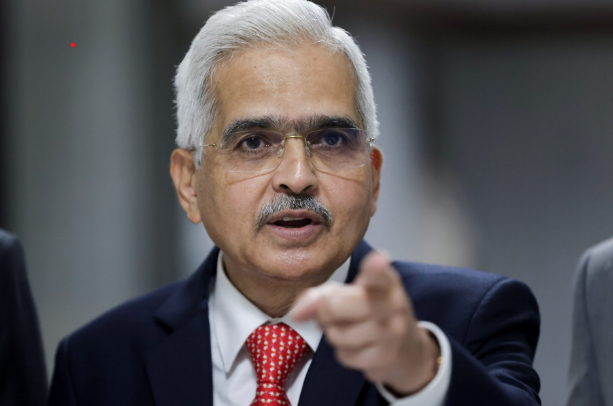India Leading Asia’s Next Growth Wave

As the global economic landscape continues to shift, Asia stands on the brink of a new growth phase, with India emerging as a critical driver. A recent report by Morgan Stanley highlights how India, alongside emerging Southeast Asian economies like Indonesia, the Philippines, and Malaysia, will lead Asia’s next wave of economic growth. This article explores the significant points from the report, examining how these nations are set to play a pivotal role as China’s economic contributions begin to moderate.
What Does the Morgan Stanley Report Reveal?
Morgan Stanley’s report forecasts that by 2027, India, Indonesia, the Philippines, and Malaysia will collectively contribute around 53% to Asia’s nominal GDP growth—a significant increase from the 33% these nations contributed pre-pandemic. Key factors driving this transformation include favorable demographics, targeted policy priorities, and growing economic stability across these economies.
Asia’s Rapidly Expanding Economic Landscape
Asia’s economic growth over the past few decades has been extraordinary. Morgan Stanley’s report reveals that Asia’s nominal GDP was around $2.1 trillion in 1980. By 2024, this figure had grown exponentially to an estimated $34 trillion, with expectations to reach $39 trillion by 2027. This increase underscores Asia’s standing as a leading global economic force. However, the growth rate may be somewhat slower than historical levels as the region transitions to a more stable, long-term growth trajectory.
India’s Central Role in Driving Growth
Among Asia’s emerging economies, India’s role is particularly noteworthy. With a young population and policies fostering economic and investment growth, India has improved its economic stability over recent years, drawing attention from both domestic and international investors. Initiatives like “Make in India” and “Startup India” have further reinforced India’s appeal as a global economic hub.
China’s Slowing Economy
In contrast to India’s rising trajectory, China, once Asia’s primary growth driver, is seeing a slowdown. With an aging population and a shrinking labor force, China’s economic growth has decelerated, impacting its long-term economic influence. While China continues to play a significant role, the economic spotlight is gradually shifting towards younger, more rapidly growing economies in Asia.
The Importance of a Young Population
India and Southeast Asia’s youthful populations are invaluable economic assets. Young workforces drive innovation, entrepreneurship, and productivity, creating a foundation for sustainable growth. Governments in these nations are actively implementing policies that attract both domestic and foreign investment, recognizing the vital role a young and dynamic workforce plays in long-term economic resilience.
Economic Forecast for 2027
By 2027, Asia’s nominal GDP is expected to reach $39 trillion. While this growth may be slightly slower than past records, Asia will maintain its position as a key player in the global economy. As China’s economic contributions wane, India and its Southeast Asian counterparts are positioned to fill this gap, offering a new center for investment and growth within the region.
In summary, the Morgan Stanley report emphasizes India’s potential to become Asia’s next growth powerhouse. Favorable demographics, strategic economic reforms, and increasing global interest in India make it a promising market for future investments. As China’s growth decelerates, India, Indonesia, and other Southeast Asian nations are poised to lead Asia’s next wave of economic expansion, reshaping the region’s economic landscape.
The future is bright for these emerging economies, with India set to play a significant role on the global stage.

 English
English 























